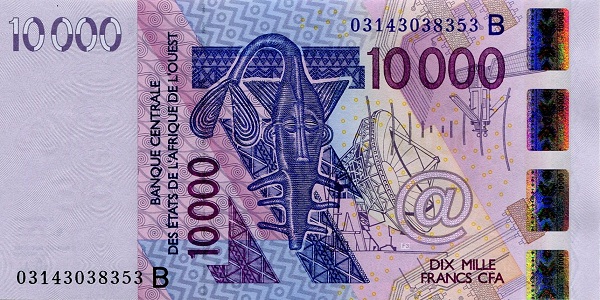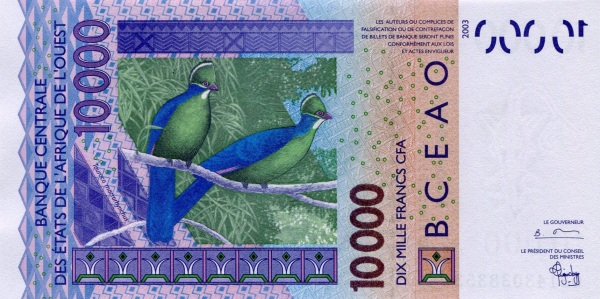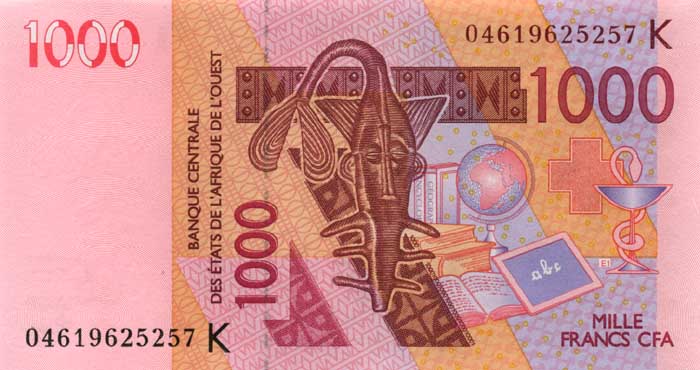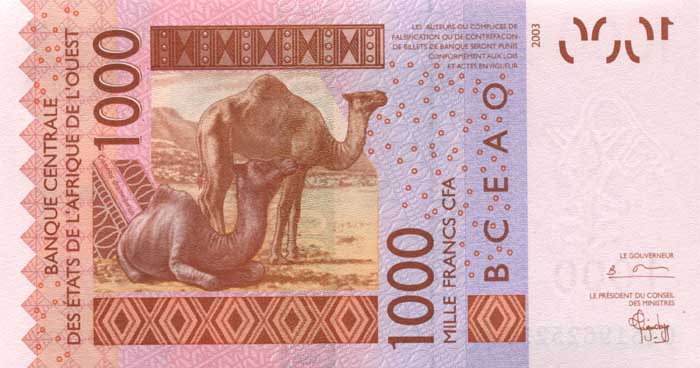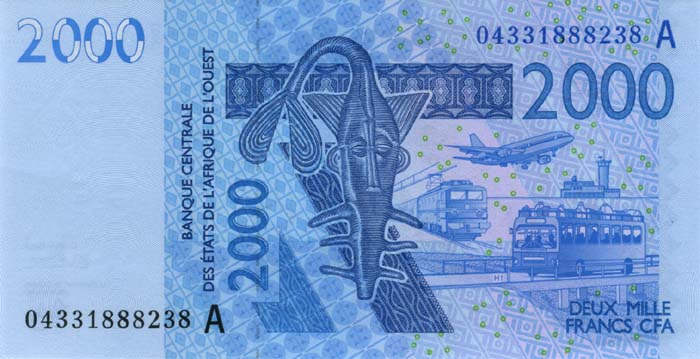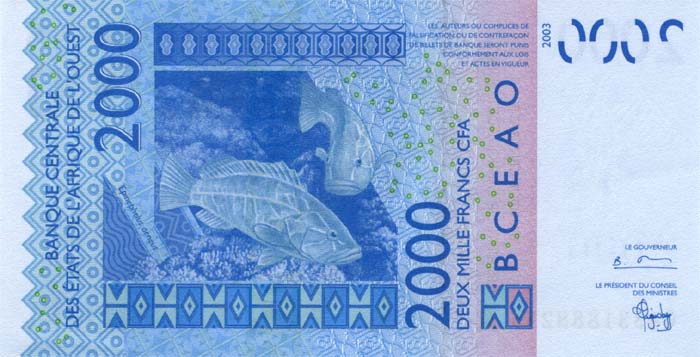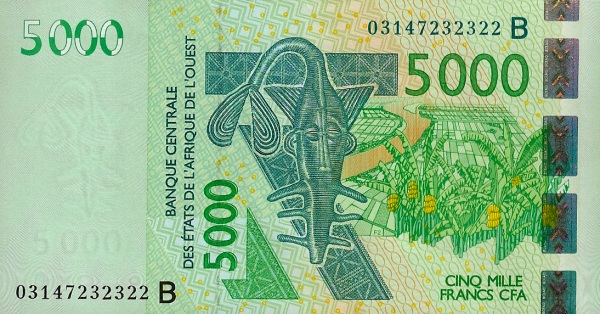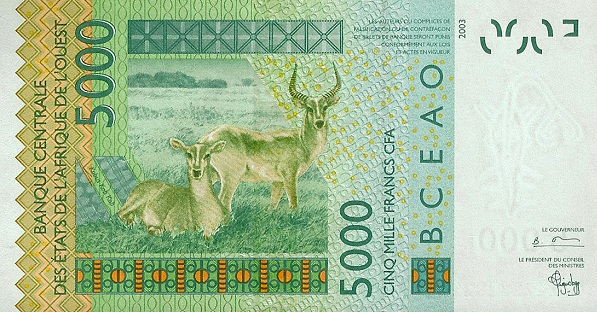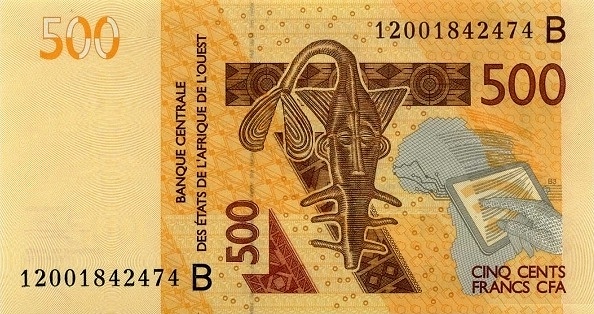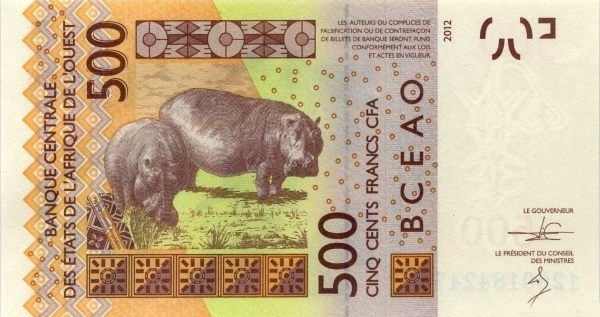Discovering the Republic of Benin
Benin, a captivating country located in West Africa, stretches impressively from north to south. Bordering Togo to the east, and Nigeria to the west, it shares its northern boundaries with Burkina Faso and Niger. To the south, Benin meets the Bight of Benin in the Gulf of Guinea, a part of the tropical North Atlantic Ocean. Despite its relatively short coastline of just 121 kilometers (75 miles), Benin harbors an abundance of cultural and natural wealth. Covering an area slightly larger than Bulgaria, at 112,622 square kilometers, Benin offers a rich tapestry of history and tradition, previously known as Dahomey until 1975.
Population and Cities
The population of Benin stands at approximately 10 million people, as recorded in 2013. The vibrant capital city, Porto-Novo, sits on an inlet of the Gulf of Guinea. However, the largest city and the economic heart of Benin is Cotonou, bustling with commerce and activity. The official language is French; however, the country's linguistic landscape also features various indigenous languages, such as Fon and Yoruba, reflecting its diverse cultural heritage.
A Historical Overview of Benin
Benin has a rich historical background, once serving as the site of the Dahomey kingdom, which gained prominence in the 15th century. French colonization began in 1872, and after a prolonged struggle, Benin achieved independence on August 1, 1960, transitioning into the Republic of Benin. The nation has experienced a series of military governments, culminating in 1972 when Mathieu KEREKOU took control, implementing a Marxist-Leninist system.
In 1989, Benin made significant strides towards restoring a representative government. Two years later, the democratic process led to the election of former Prime Minister Nicephore SOGLO, marking a historic moment as Africa witnessed the first peaceful transfer of power from dictatorship to democracy. KEREKOU returned to power via elections in 1996 and 2001, despite allegations of irregularities in those processes.
Government Structure
Benin operates as a republic under a multiparty democratic system. The foundational law of the nation is encapsulated in a constitution that was adopted on December 10, 1990. The nation celebrates its independence from France every year on August 1, reflecting its continuous journey toward political maturity.
Geographical Features of Benin
Geographically, Benin is primarily characterized by flat plains, with the average elevation not exceeding 200 meters. Notably, the Atacora Mountains rise in the north, featuring their highest peaks: Mont Sokbaro at 658 meters and Mont Tanekas at 641 meters. This diverse terrain contributes to a variety of habitats across the country.
Climate Conditions
The climate in Benin can be categorized as tropical, with average temperatures oscillating between 24°C and 31°C. While the southern part of the country experiences humidity, the northern regions enjoy a semi-arid climate, creating distinct living conditions and agricultural patterns.
The People of Benin
The people of Benin, known as Beninese, proudly represent a rich tapestry of cultural ethnicities, totaling 42 different groups. The most significant among these groups are the Fon, Adja, Yoruba, and Bariba. Religion plays a pivotal role in Benin’s societal fabric, with approximately 50% practicing indigenous animist beliefs, 30% identifying as Christian, and 20% as Muslim. The literacy rate in Benin is notably low, estimated at 39% for the overall population; this figure highlights disparities, with men at 53% literacy, while women lag at 25%.
Resources and Agriculture
Benin is endowed with various natural resources, including small offshore oil deposits, limestone, marble, and timber. Notably, agriculture serves as a cornerstone of the economy, producing a variety of crops. Among these, cotton, corn, cassava, yams, beans, palm oil, and peanuts are prominent, emphasizing the agricultural potential of the nation.
Industries and Exports
Industries in Benin encompass textiles, food processing, construction materials, and cement. Cotton serves as a vital export, along with cashews, shea butter, textiles, palm products, and seafood. Trade partners play a significant role in the economy, with India leading exports at 24.2%, followed by Gabon at 14.6% and China at 7.2%, creating a diverse trading landscape.
Imports and Partnerships
The country also relies on various imports, including foodstuffs, capital goods, and petroleum products. In terms of sources, China stands out as the largest partner at 42.1%, followed by the USA at 8.9% and India at 5.7%. This interdependence highlights Benin's role in the global market and its strategic partnerships.
Conclusion: The Essence of Benin
In summary, Benin encapsulates a unique blend of history, culture, and natural beauty, forming an essential part of West Africa. From its vibrant cities to its agricultural landscapes, the Republic of Benin continues to attract interest and admiration as it develops on the world stage. Travelers and researchers alike find themselves drawn into the rich heritage and promising future of this distinctive nation.
Largest cities of: Benin
| City Name | Population | Year of foundation | |
| Cotonou | 765,000 | 1880 | |
| Porto-Novo | 300,000 | 1700 | |
| Parakou | 200,000 | 1900 | |
| Keagou | 200,000 | circa 1600 |
Benin: Money
